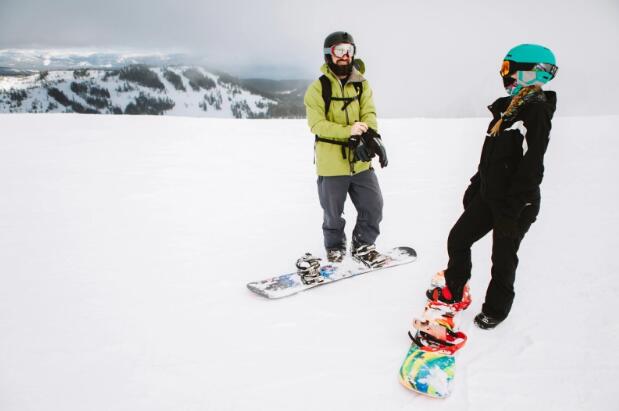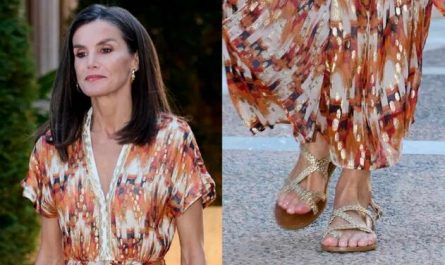Every item in your snowboarding gear arsenal has a purpose. But more than that, every item has nuances, its style that suits it to a particular type of riding. While snowboard boots are notoriously more comfortable than ski boots, they’re more than just a way of keeping your feet warm while you ride. Snowboard boots are your link between your body, board, and bindings.
Unless you’re riding in an old, blown-out pair of snowboard boots, there’s a good chance that yours have at least a little forward lean. Even the softest, most aprés party-ready pair of boots has a forward lean to them, and when you try on a new pair of boots, you can almost feel as though you’re going to topple forwards. But why do snowboard boots have forward lean, and what effect does it have on you?Not to put too fine a point on it, but the amount of forward lean that you have in your boots affects just about everything that happens on your snowboard.
We’ll start with a solid reason; if you didn’t have forward lean on your boots, you would have to hold yourself in an excruciating half-squat the whole time you were snowboarding. The forward lean of your shiny new pair of men’s snowboard boots keeps your knees in a naturally bent position and your weight centered over your snowboard. Without forward lean — or in a super soft pair of boots — beginner riders often find themselves leaning too far back when they squat, leaving their weight out behind the board and causing them to fall.
But forward lean does much more than just keeping you centered over your snowboard. The more forward lean your snowboard boots have, the sharper and snappier you will find your edge transitions — especially onto the heel edge. This is because as you initiate a heel-edge turn, you impact the boot sooner, which transfers to the board faster, giving you a more immediate switch in your edge. This also impacts going onto toe edge because your pendulum effect between heel and toe is shorter, though this is a little less noticeable.
This high-response edge transition means that carvers and snowboard racers, who benefit from dependable edge hold and fast, snappy changes, tend to prefer boots with a more pronounced forward lean. The flip side to this is snowboard park rats and powder nuts, who often shun the forward lean in favor of a more surfy, looser feel to their riding and slacker edge transition for softer landings. Most snowboarders will find they’re most comfortable somewhere between the two; enough forward lean for snappy transitions but not so much that you find yourself changing edge unexpectedly.
All of this might have made you think that you have the wrong boots or want to try a different style. Well, before you head out and splash the cash, you can adjust your forward lean by using your binding high backs, too. In the long run, you’re better with a boot that suits your riding, but to test it out, you can adjust your binding high-backs to increase or decrease forward lean. Going for a carve? Crank them on. Hitting the park? Soften those bad boys and get loose.


